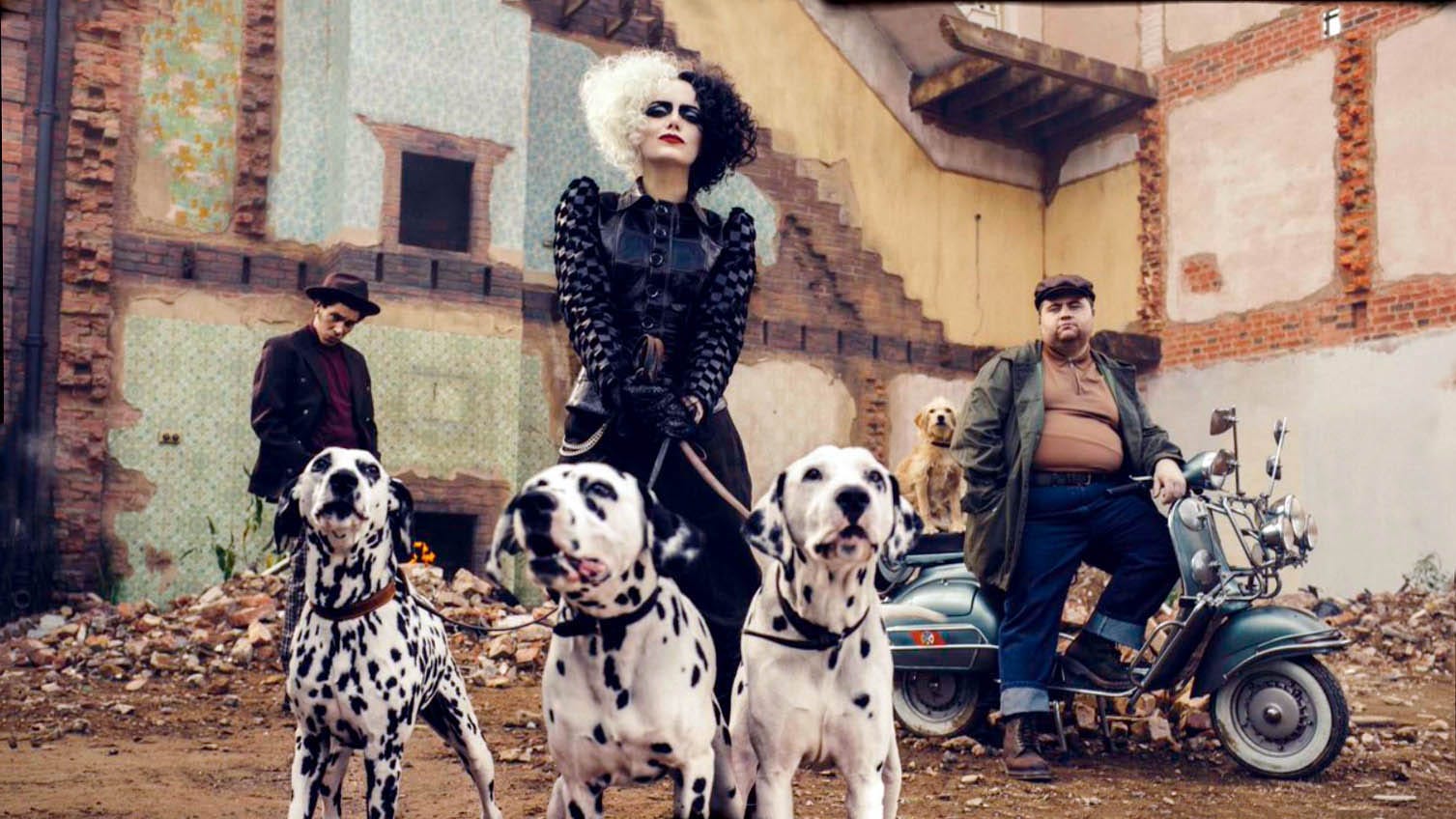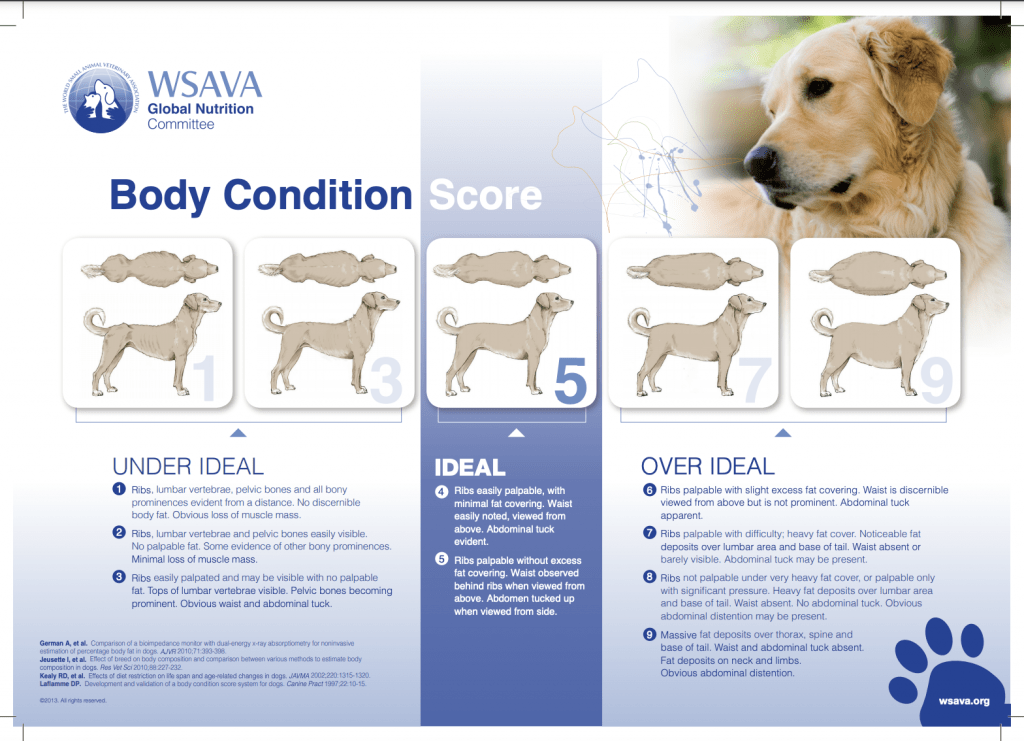With the recent release of the new live action Disney film Cruella, our nutrition team has had Dalmatians on the brain! As a veterinarian that works primarily with pet nutrition, the first thing I think of when I see a Dalmatian dog in the veterinary hospital is: could this dog be here because of urinary stones? In my experience, that has been the most common reason for their referral for a nutritional consultation. Dalmatians are among the breeds with a high frequency of skin problems, such as canine atopic dermatitis and food allergies. They have also a high energy level as working dogs, and when not adequately exercised they can become stressed and obese due to lack of activity. The increased risk of urinary stones can lead to life-threatening conditions such as urinary obstruction, while obesity can reduce life span and, as well as skin problems, reduce quality of life.

Preventing and managing these conditions is important and can be achieved through adequate nutritional management.
See below for some tips on how you can reduce the chance of facing these conditions, if you are up to the challenge of adopting a Dalmatian:

Water is the most important nutrient for all animals, and it is crucial to make sure your Dalmatian is drinking and stays hydrated. Generally, dogs need to drink about the amount of water in millilitres (mL) as the number of calories they eat each day. For dogs with risk for urinary stones, increasing water intake above the minimum requirement is beneficial to promote dilute urine and increase frequency of urination. Adding water to each of the meals can help to increase water intake. Finding the best balance on how dilute it can be while still keeping it palatable is key. Putting water bowls in different places around the house for your dog to “remember” to drink more often can also help. Trying to use different bowl sizes and types to see if there is any preference, as well as keeping bowls filled with fresh and clean water, is also important. Some dogs also like their water colder and adding ice cubes to the water bowl might increase the water intake, especially during the summer.

Since dry (kibble) pet foods usually have only 10% or less moisture, feeding more of the canned diet and less of the kibble will increase the amount of water coming from the food. This is important especially for dogs that do not drink enough water because wet foods usually have between 70 to 85% moisture. Similar to wet foods, homemade diets or fresh foods also have a higher moisture and could be helpful for dogs that require a higher water intake. However, such diets need to be formulated by experienced professionals to meet all the nutrient requirements, while also paying attention to your dog’s unique preferences and needs.

Dalmatian dogs are predisposed to urinary urate stones because of limited conversion of uric acid to allantoin. Uric acid is one of the degradation products from purine metabolism. Thus, avoiding diets with ingredients that are purine-rich is key to controlling these urinary stones in dogs that are predisposed. Despite this unique characteristic, not all Dalmatian dogs are urate stone formers, and only those with a known risk should avoid these ingredients in their diets. Examples of ingredients that are rich in purines include some sea food and organ meats. If your Dalmatian has urate crystals that are detected in their urine, it may not be necessary to change to a veterinary diet, unless the current diet has a very high protein content. A urinalysis can be performed by your family veterinarian during wellness appointments and could guide the decision on whether your Dalmatian needs further evaluation. An abdominal ultrasound can also provide evidence of stones in the bladder, depending on their size. Stimulating water intake and going on regular walks, so it is possible to urinate frequently and empty the bladder, will minimize the risk of stone formation. However, if your pet has a history of urate stones, presents with blood or stones in his urine, is straining to urinate, or has blockage, seeking evaluation by a veterinarian is critical.

The amount of protein is important to control the urinary pH. Low-protein diets have an alkalinizing effect, reducing the risk for the formation of urate stones. Additional use of alkalinizing medications may be necessary if the urinary pH is still below the recommended range for prevention (pH > 7.0). Protein sources that are rich in purines, as mentioned above, are not recommended and should be avoided only for dogs with increased risk for urate stones. Dalmatians are also predisposed to allergies and skin issues. Diets with a new or hydrolyzed protein source can be important to diagnose these conditions, but other factors can play a role. Since food allergies are not the most common cause of skin issues in dogs and cats, having your Dalmatian checked with your vet to rule out other conditions first is important.

Many factors can affect your Dalmatian’s energy requirement and this can also change throughout its life. Finding a balance between the calories consumed and the calories burned is key in order to avoid undesired body weight gain and loss. Activity plays a big role in how many calories per day a dog requires. Neutering may reduce their energy requirement but not their activity, making it important to pay attention to the amount of food and treats, as well as to regular exercise. Working Dalmatians may have an energy requirement many times greater than a less active pet, so it is important to adjust the type and amount of food according to your pet’s needs. A high energy-dense (more calories per cup or serving) food that would be ideal for a working dog will lead to overweight or obesity in a “normal” dog. The opposite is also true: if a pet food is not energy-dense for a working dog, the amount required to meet the daily needs can limit food intake and lead to body weight loss.
Because it is a working breed that it is commonly not exercised properly, adjusting your Dalmatian’s type and amount of food is critical to prevent obesity and its negative consequences to quality of life and life span. Monitoring body weight and body condition scoring (see tip 9 below) can help with finding the right amount of food and control undesired weight gain. If your Dalmatian is not in a very active season and meals get too small, finding a diet that is not so energy-dense will also allow for increased amounts and more satiety.

A gram scale is the measuring tool of choice for pet food. Using measuring cups to feed your Dalmatian can have a big impact on the daily amounts that are being offered because they can be inaccurate. If a different person is feeding every meal, the chance for the numbers being very different is even greater. Using a gram scale gives a better control of the amount of food, allowing for the meals to be more accurate to avoid under- and overfeeding.

Dogs that eat too fast can have a reduced satiety, the signal after a meal to stop eating. Using slow-feeder bowls can increase the time for your Dalmatian to finish the meals, allowing for more satiety and a better control of food intake. This also helps with food competition, although feeding in separate rooms would be the best to avoid a dog stealing from the others. This provides extra mental stimulation too. Dalmatians need to be kept busy – and if mealtime can take a while and keep them occupied, that is a very good thing.

Using treats is a great way to train our dogs and reward them for good behaviour. The general rule for the maximum amount is that up to 10% of the daily calories can come from treats. However, depending on the type of treats and in the amounts offered, it is easy to go over this number, and then increase the risk of unbalancing a diet that was formulated to be complete and balanced. Choosing treats, fruits and vegetables that have fewer calories allows for a higher intake of treats, but you can also use a portion of you Dalmatian’s kibble to use as treats, or bake canned food into cookies. Checking how many calories your pet gets from treats can be done by reviewing label information, searching on the internet, or specific nutrient databases such as the Canadian Nutrient File from Health Canada or the FoodData Central from U.S. Department of Agriculture. With this information, you may compare how many calories are coming from treats with the calories from your pet’s complete and balanced food. Pet food manufacturers usually include the energy in kcal/kg or treat or cup or can on their label or website. Other forms of rewards such as toys or attention may spare some calories for your Dalmatian, especially if there are concerns with obesity.

BCS is an easy and reliable tool to assess and monitor if dogs and cats are in an ideal body weight. On a 9-point scale, 4 and 5 are considered ideal for dogs, 6 and higher are for overweight and obese while 3 or below are for underweight dogs. Since Dalmatians are prone to obesity, keeping track of their body weight as well as their BCS is critical to increase longevity and quality of life. BCS is part of the nutritional assessment that should be done at every vet visit for every patient, but dog owners can learn this too to monitor at home.

It is important to stimulate exercise while respecting your dog’s activity level to avoid any orthopedic problems. Because Dalmatians are working dogs, and thus a high energy breed, having time for outdoor activities is critical not only for their physical health but also their mental health. Dedicating enough time for training and activities is essential to burn calories and to avoid stress and obesity. They are great companions for a run, hiking, and backpacking. Dalmatians can also become great competitors in many canine sports such as agility, flyball, lure coursing, canicross, joring, and obedience.

If you are having a hard time with any of the topics above with your dog, especially if you have or are planning to have a Dalmatian, please reach out to your family veterinarian. A veterinary nutritionist could also be important in finding the ideal type and amount of food, as well as the treats that are allowed and their limit to avoid any problems. You can find more details and contact information from veterinary nutritionists at the websites of the Canadian Academy of Veterinary Nutrition, the American College of Veterinary Nutrition, and the European Board of Veterinary Specialisation.
A lot of these tips are true for all dogs and cats, not just Dalmatians. They are a special breed that require a dedicated and committed owner – both because of their unique nutritional needs and high energy level. They may not be the best for an unexperienced dog owner but can be great companions if you are looking for a smart, loyal and active dog!
Written by:
Dr. Erico Ribeiro, MV, PhD
DVSc Student in the Department of Clinical Studies, Ontario Veterinary College
Resident of the European College of Veterinary and Comparative Nutrition (ECVCN)
Edited by:
Dr. Caitlin Grant, BSc, DVM, DVSc.
Assistant Professor, Nestle Purina Professorship in Companion Animal Nutrition
Shoshana Verton-Shaw, RVT, VTS (Nutrition)
Registered Veterinary Technician in Nutrition
Supported by Purina® Pro Plan® Veterinary Diets
Dr. Adronie Verbrugghe, DVM, PhD, EBVS® Specialist in Veterinary and Comparative Nutrition (Dip. ECVCN), Associate Professor, Royal Canin Veterinary Diets Endowed Chair in Canine and Feline Clinical Nutrition



